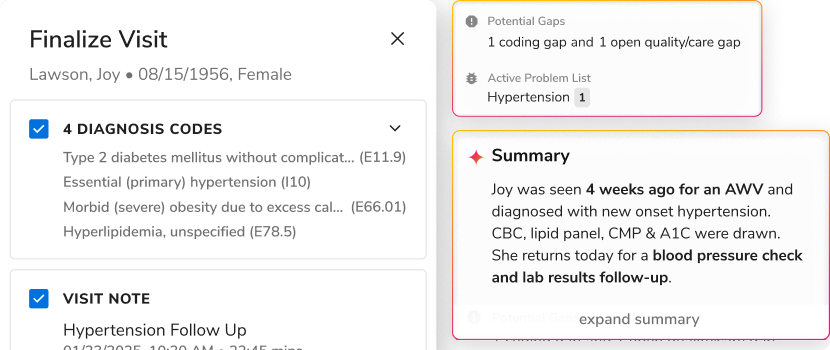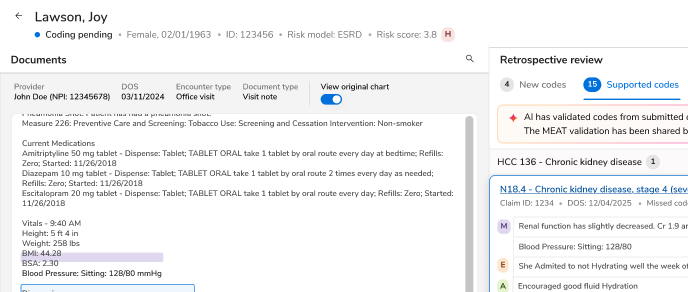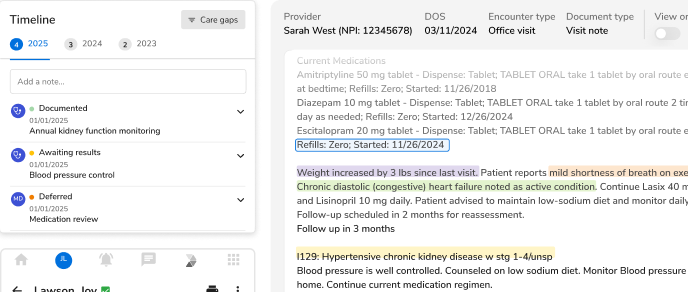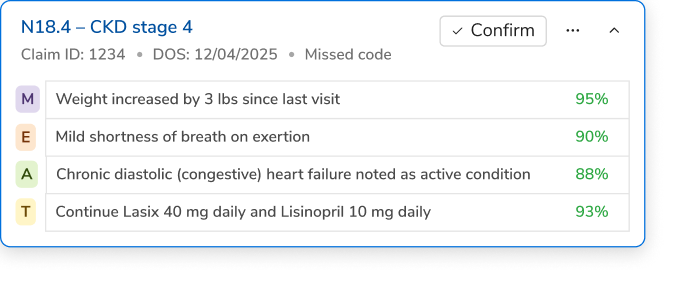Integrated Care 101: Coordinating Care, Delivering Value

The U.S. healthcare has transformed drastically over the past decade and has successfully managed to provide care to chronically ill patients. However, the healthcare system is also well-known for delivering care at skyrocketing costs. The U.S. healthcare system faces significant challenges that call for urgent reform- underutilized preventive care, high spending on complex diseases, fragmented care for chronic patients, etc.
These problems mainly arise due to a lack of coordination of care, which is not surprising given the insufficient payment support and inadequate interoperability standards. In this era of rising medical costs, the way out for implementing best practices is integrated care models, bringing together all providers.
The ‘why’ behind integrated care
Improving the quality of care is not possible without reforming the healthcare delivery system and aiming to provide access to the right care at the right time. The underlying idea of integrated care is to keep people healthy, focus on preventive care, and avoid sudden complications and readmissions. Here are some major factors that drive the need for integrated care.
- Patient-centric care: Several patients report undergoing problems due to the lack of coordination and information exchange between providers. The lack of proper communication and disintegrated care can have severe, life-threatening effects.
- Rising healthcare costs: One of the major challenges that healthcare faces today is the skyrocketing cost of care. Per-capita healthcare expenditures are rising in the U.S., resulting in a staggering $9,146 per person. Shifting to comprehensive, integrated care and eliminating redundancy is a step towards controlling costs.
- Increasing chronic conditions: Chronic diseases are the biggest cause of deaths in the U.S., claiming 7 out of 10 deaths every year. Chronic conditions will only become more prevalent with time if the increasing demand for medication and treatment isn’t met with holistic, integrated care.
- Increased wasteful spending: According to a report, the U.S. healthcare spends more than $2.8 trillion on healthcare; and 30% of this spending can be accounted for wasteful spending. By introducing integrated care models that link reimbursements to care outcomes, unnecessary tests and redundant procedures can be reduced, improving overall efficiency for population health.
The need for disruptive innovation in integrated care
As important as integrated care is, there are several challenges in the existing scenario: inadequate data, the lack of interoperability between systems, poor incentives, less informed providers, etc. The key to all these challenges is to be more nimble, targeted, and coordinated in care delivery by tapping innovations that will drastically improve the clinical outcomes in the following ways:
- Early and accurate diagnoses: The right combination of data mining and predictive analytics can help providers with early diagnosis of any condition a patient has. Putting it together with the patient’s health records, providers can go ahead with care management, targeting specific conditions.
- Routine care: With push notifications and reminders on the go, providers and patients can keep up with their routine visits, medications, follow-ups, etc. These measures can help providers follow-up regularly, and patients never miss a visit.
- Reducing redundancies: By leveraging analytics, providers can look into disparate data sets and put it together to figure out gaps, redundancies, and errors to identify network leakages, unnecessary tests, etc.
- Risk-adjusted interventions: It’s important to consider risks patients face and their risk scores before going further with their treatment. Advanced analytics can provide clear insights on a patient’s risk score, the immediate risks, and how to counter them.
- Analyzing factors beyond the vital signs: There are several factors like race, ethnicity, geography, living conditions, and other social determinants that have an effect on a person’s health. Practices can achieve significant outcomes by analyzing and reducing disparities in the care being provided, based on social determinants.
A patient-centric take on integrated care
Healthcare providers rarely look at healthcare through the patient’s end. The attitude has been changing, true, but patients still face difficulties with long-term, incurable and costly conditions. It’s high time professionals focused on preventing and managing sudden episodes and delivering quality over longevity. Integrated care teams should focus on assessing specific needs, putting together comprehensive solutions, and ensuring adherence. The need of the hour is to put in multi-pronged efforts that increase satisfaction, improve outcomes, and enhance the quality of care and quality of life.
For more updates , Subscribe
If you want to see our efforts in the area , schedule a quick demo
Visit Innovaccer at Booth #1144 at AHIP 2017 to learn more and begin your journey to a data-driven healthcare

.png)





.png)









.svg)
.svg)

.svg)

